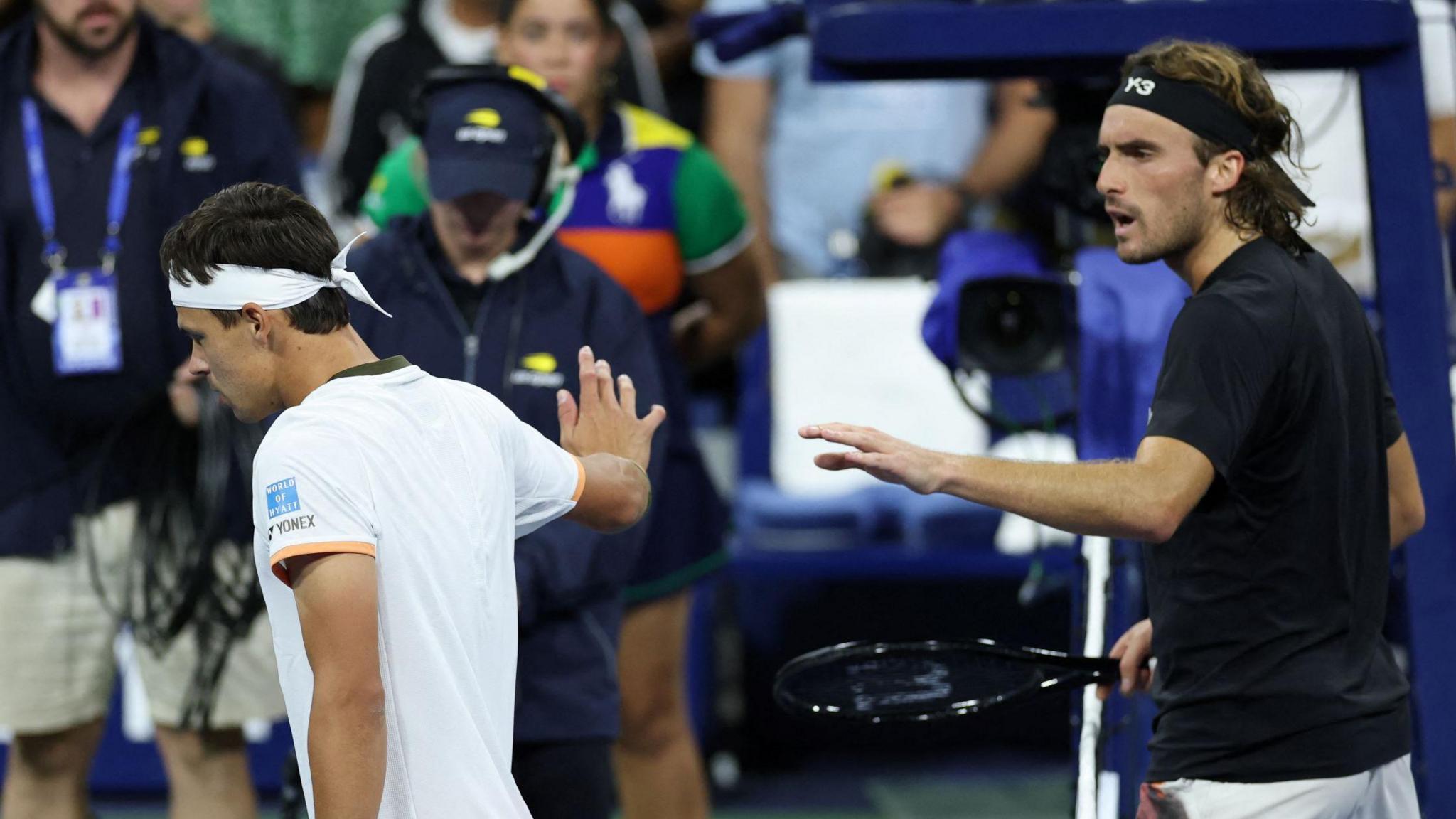Electric New York Energy Fuels Fiery Tennis Etiquette Debates at US Open
The relentless honk of yellow cabs. The electric glow of Times Square. The vibrant hum of millions converging in The City That Never Sleeps. New York’s distinctive energy pulses through every corner of Flushing Meadows during the US Open, creating an atmosphere where every match simmers with metropolitan intensity. As the final Grand Slam of the season, this tournament consistently delivers high-stakes drama both between the baselines and in the stands – and this year’s edition has reignited longstanding debates about tennis etiquette in spectacular fashion.
American star Jessica Pegula perfectly captured the event’s combustion point: New York City tends to bring out a lot of drama. The crowds are pretty crazy. They kind of get everyone riled up. When the world’s best athletes collide under this pressure cooker environment, even minor breaches of court protocol evolve into major controversies. Let’s examine the flashpoints sparking conversations about sportsmanship, strategy, and the unwritten rules of tennis.
Net Cords: Polite Gesture or Pointless Faux-Pology?
The tournament’s first major tennis etiquette controversy erupted when fiery Latvian Jelena Ostapenko accused American Taylor Townsend of refusing to acknowledge a lucky net cord winner. This common scenario – where a ball clips the tape and trickles over unreachably – traditionally prompts a brief apologetic hand raise from the benefiting player. But Townsend’s reaction (or lack thereof) drew Ostapenko’s ire, escalating into a heated exchange that polarized fans.
Former world No. 6 Chanda Rubin offered nuanced perspective as a BBC analyst: We actually call it a faux-pology, because it’s not real anyway. In this case, play continued after the net cord, making Townsend’s non-apology understandable. The incident highlighted stark cultural divides – American Jenson Brooksby previously shrugged: I was taught it’s not really luck-based. British star Cameron Norrie, trained in the U.S. college system, echoed this sentiment: If a guy hits a dead net cord and doesn’t say anything, I don’t care at all.
Underarm Serves: Clever Tactic or Cheap Trick?
Perhaps no shot divides opinion like the underarm serve – perfectly legal yet persistently controversial. While showmen like Nick Kyrgios and Alexander Bublik deploy it strategically against deep-positioned returners, traditionalists decry it as disrespectful. The tension peaked when Stefanos Tsitsipas engaged in a frosty handshake and animated debate with Daniel Altmaier after encountering the tactic – though some fans agreed with Tsitsipas, jeering Bublik and Corentin Moutet during unsuccessful underarm attempts.
Current world No. 1 Jannik Sinner struck a diplomatic tone: We try to make the sport as interesting as possible. Yet the crowd’s mixed reactions reveal how New York’s passionate spectators amplify every perceived breach of tennis etiquette. Bublik’s experience proved particularly telling – his unconventional drop-shot barrage against injured opponent Tommy Paul drew boos despite being technically legitimate.
Body Shots: Strategic Play or Dangerous Gamesmanship?
The most volatile tennis etiquette debates surround drilling the ball directly at opponents during net approaches. Tsitsipas reignited this conflict by warning Altmaier after absorbing an underarm serve: Next time, don’t wonder why I hit you. This tactic frequently crosses into gray territory, as Ben Shelton demonstrated by criticizing Andrea Vavassori as soft after striking him in Monte Carlo.
Players remain divided on the practice. Norrie considers body shots fair game: It’s usually the best option to go middle. If you’re hit with a tennis ball it’s not the end of the world. Yet French prospect Arthur Fils transformed his anger over being targeted into motivational fuel for an upset victory. This psychological warfare element keeps lines blurred between gamesmanship and outright disrespect.
Why Tennis Etiquette Debates Matter
These controversies transcend mere rulebook technicalities. They reveal tennis’ evolving identity at its most raw and unrestrained major tournament. As players from diverse backgrounds clash under New York’s white-hot spotlight, differing interpretations of sportsmanship illuminate deeper questions about tradition versus innovation.
The US Open’s unique energy ensures these debates won’t disappear. As Pegula noted, it’s the season’s last Grand Slam opportunity – the pressure cooker atmosphere guarantees emotion will override protocol. What some label as disrespect, others champion as competitive evolution. One truth remains: Flushing Meadows will continue testing the boundaries of tennis etiquette like no other venue.
